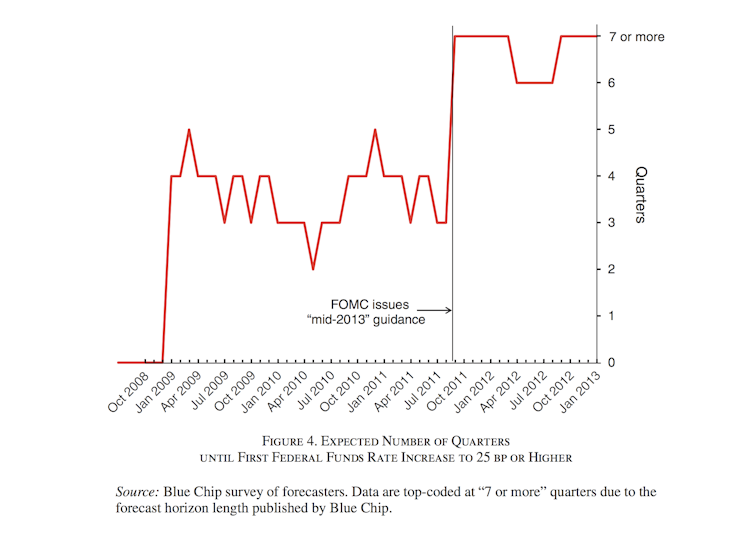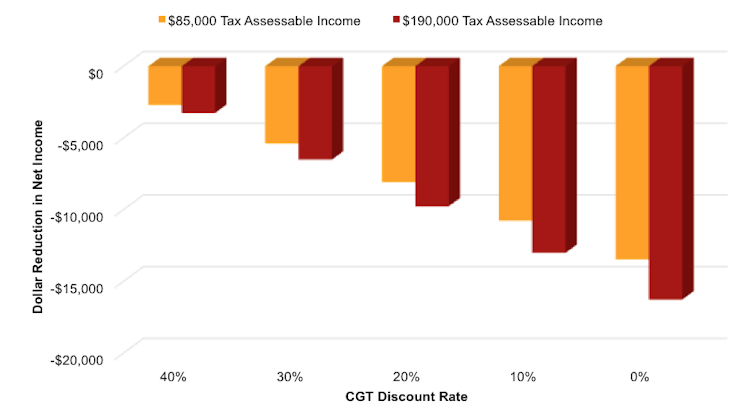The irresponsible (if not predatory) lending and the selling of “junk” financial products highlighted by the Financial Services Royal Commission should raise concerns for regulators, educators and parents interested in financial literacy.
Research shows a strong correlation between financial literacy and literacy and numeracy skills. Literacy and numeracy are critical for, among other things, making sense of product disclosure statements and understanding the impact of loan terms and interest rates on the total amount to be repaid.
But teaching financial literacy requires going beyond these skills, by cultivating a healthy scepticism of financial institutions and the capabilities and confidence to make informed financial decisions.
There is a strong relationship between a low socioeconomic background and low financial literacy in both adolescents and adults.
It’s not just disadvantaged and vulnerable groups that struggle with financial decision-making. People who are highly educated in finance also make poor decisions – for instance, by focusing too much on growing their assets and ignoring risks.
But studies show that when regulation is effective and the financial system can be trusted, even consumers with limited financial knowledge and information-processing capabilities have the potential to deal with complex financial decisions.
For example, when considering mortgage protection insurance, applicants stand to benefit from knowing the actual risk of events like serious illness or injury that can affect their ability to meet monthly loan repayments.
Building financial capability
One way to develop better financial literacy is through simulating real-world risks, rewards and decisions in safe and supportive environments. For instance, families can play games like Monopoly and The Game of Life.
Secondary school students also have access to more sophisticated online simulations, such as the ESSI Money Game and the ASX Sharemarket Game.
Hypothetical scenarios like these provide opportunities for role play, where students can practise drawing on evidence and using it to think and reason about situations.
A recent survey of teachers of Year 7-10 commerce students revealed that more could also be done to teach students how to compare and choose between banks and financial products and services, what to do in the case of a financial scam, and how to escalate an unresolved complaint.
But we also need to take a look at the role banks play in financial education. Programs like the Commonwealth Bank’s Dollarmites Club and Westpac’s Solve to Save teach children about money on the banks’ terms.
A key call to action in these programs is often to open a bank account and activate a savings plan. In the Solve to Save program, parents pay a $10 weekly subscription, which is “automatically refunded” to their child’s nominated Westpac account every week they complete three mathematics exercises.
Late last year, in response to criticism by the consumer advocacy group Choice, the Commonwealth Bank stopped kickback payments to schools related to its longstanding Dollarmites scheme.
While the banks may be proud of their investment in these education programs, they serve to position the banks as experts in money matters while cultivating trust and brand loyalty.
What does it really mean to be smart with money?
Misguided trust has exposed vulnerable individuals to the moral hazard of the banks – and underscores the importance of improved financial regulation and education moving forward.
Given that borrowing decisions are complex, multidimensional and often emotional, it’s important to consider any lender’s motives, or “What’s in it for them?” Banks are profit-driven. This means an important question to ask oneself is: “Where can I get information and support that is independent, comprehensive and easy to understand?”
In the current climate, teaching capabilities for a healthy scepticism and personal agency is the way forward.
We also need to change the public perception of what it means to be financially literate. The conventional focus on individual responsibility and wealth accumulation is flawed.
Arguably, this focus has contributed to the need for a Financial Services Royal Commission. Whether you are a bank, a mortgage broker or a consumer, the impact of your decisions on others must be carefully considered.
While education can contribute to preparing all Australians for informed financial participation, the task is challenging.
Authors: Carly Sawatzki, Assistant Professor, University of Canberra; Levon Ellen Blue, Lecturer, Queensland University of Technology












